Stichting Wildlife Stands Up For Red Pandas
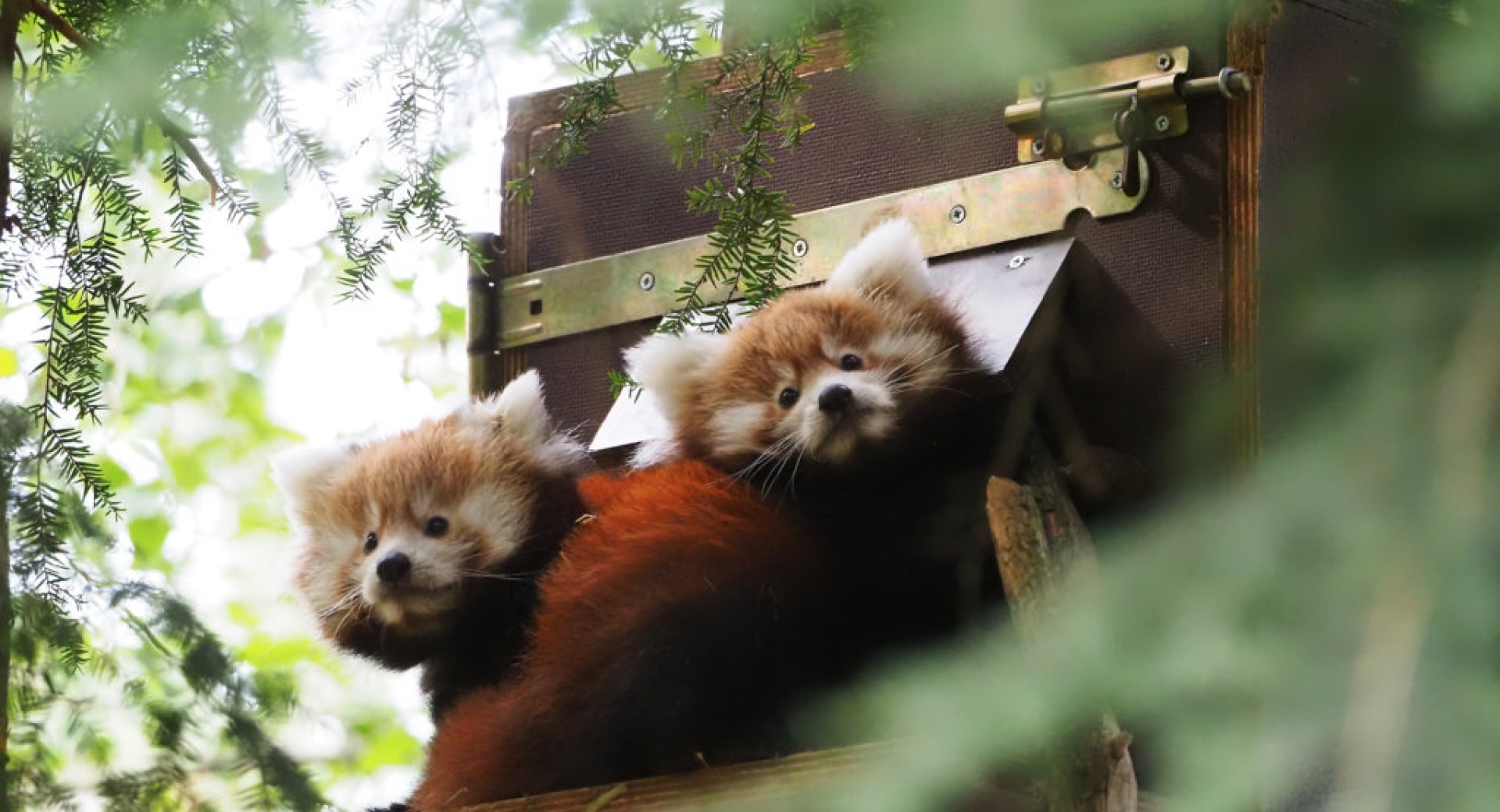
With a mission to protect endangered plant and animal species around the world, the Stichting Wildlife Foundation has provided conservation funding and education for more than 30 years from its home base in the Netherlands.
Formed in 1985 to prevent the closure of the Safaripark Beekse Bergen, the foundation has since expanded its activities to include funding wildlife preservation projects.
This year, the foundation gave a record €162,000 (about $178,000 U.S.) to nearly 30 projects, including €7,500 (about $8,000 U.S.) to Red Panda Network (RPN) for its Plant A Red Panda Home initiative. The RPN program restores red panda habitat through the purchase of land and the planting of native trees in eastern and western Nepal.
In total, RPN has received more than €30,000 (about $33,000 U.S.) from Stichting in the last two years. “Our normal procedure is that after the first year, if we are happy about the communications and the way the money is spent, we continue to support yearly with a larger amount of money,” said Kris Hekhuis, secretary of Stichting Wildlife and volunteer-coordinator at the Safari Park, in an email. “How much that is will depend on our income from the previous year.”
For example, money raised in 2018 was divided among the various projects this summer. Animal adoptions generate the most money, Hekuis said. Other revenue comes from donations and sales of merchandise, such as elephant dung, which can be used for fertilizer.
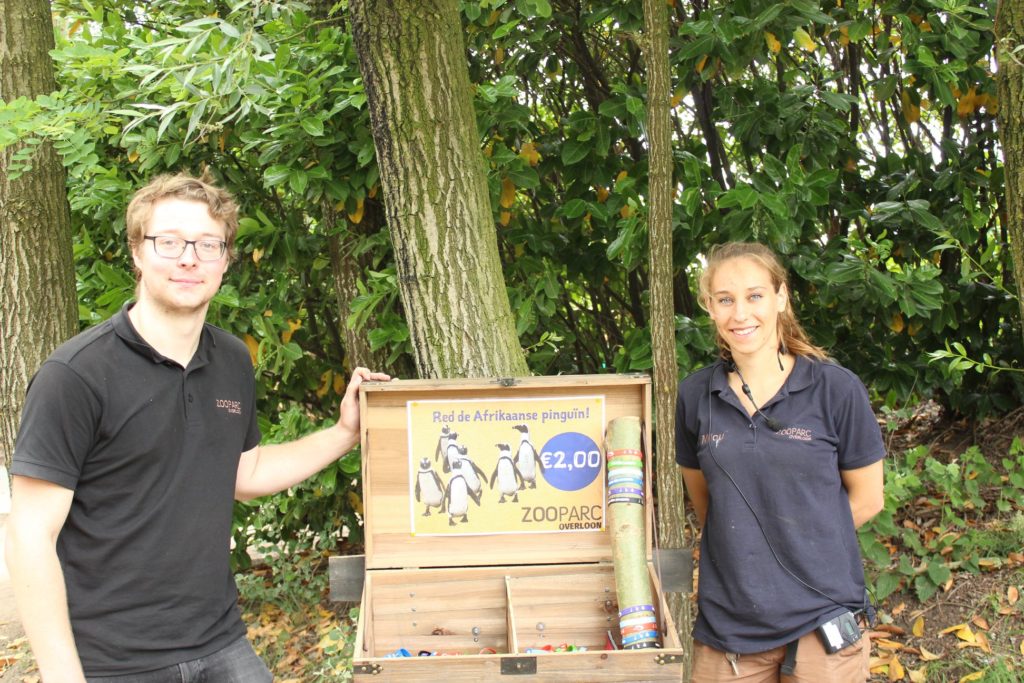 Zookeepers selling bracelets in support of Stichting Wildlife Foundation.
Zookeepers selling bracelets in support of Stichting Wildlife Foundation.
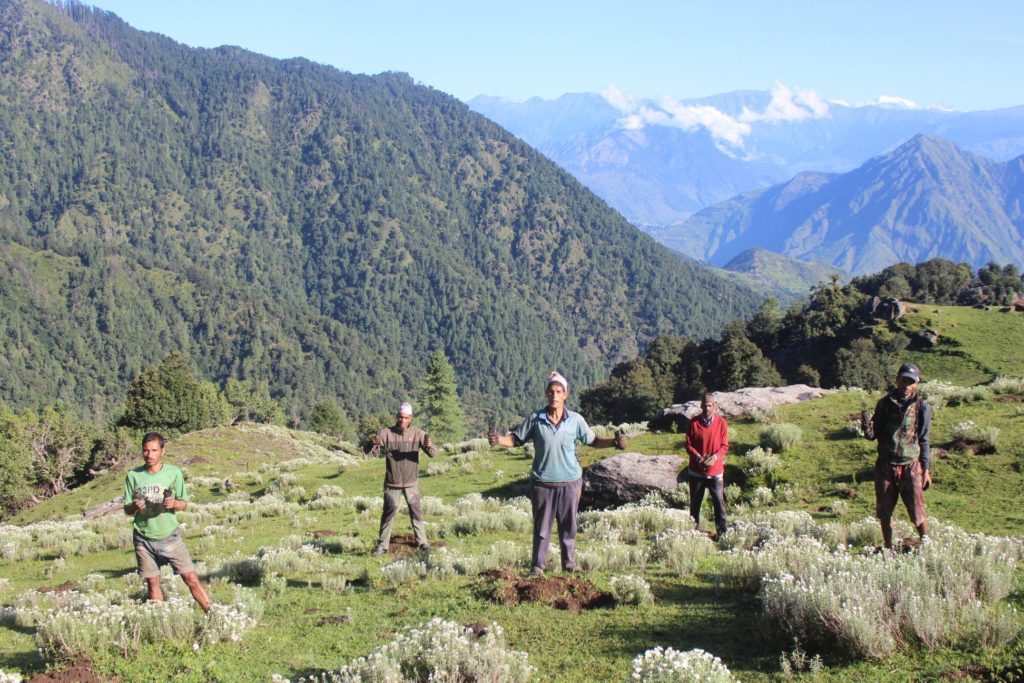 RPN's restoration iniatives in Western Nepal.
RPN's restoration iniatives in Western Nepal.
As the foundation has grown, so, too, has its ability to not only support more projects but also to give more money to the projects, Hekuis said. “In 2018 Red Panda Network was also our ‘project of the year’ which meant we had some special activities—like dinner at the zoo and guided twilight tours—to raise extra money for the red pandas. In total we raised around €20,000.”
The board of the foundation meets in April or May of each year to decide which projects to fund, Hekuis said. Suggestions for projects to support can come from employees, volunteers, zoos, the coordinator of the European Endangered Species Programme (EEP) or the projects themselves.
To receive funding, new projects must meet several conditions. First, they must be in-situ (in the wild) projects. Second, they must deal with animals that are represented in one of the four zoos in which Stichting operates.
“That way we can ‘use’ the animals that we have in the zoo as ambassadors for their wild relatives, and we can inspire our visitors to help the animals in the wild,” Hekhuis said. “A third condition is communication. We need to have some idea about what happens to the money that we donate. Either through an annual report or just a personal update, photographs, etc. Finally, we prefer projects that are small-scale. Projects where we know our money will make a huge difference.”
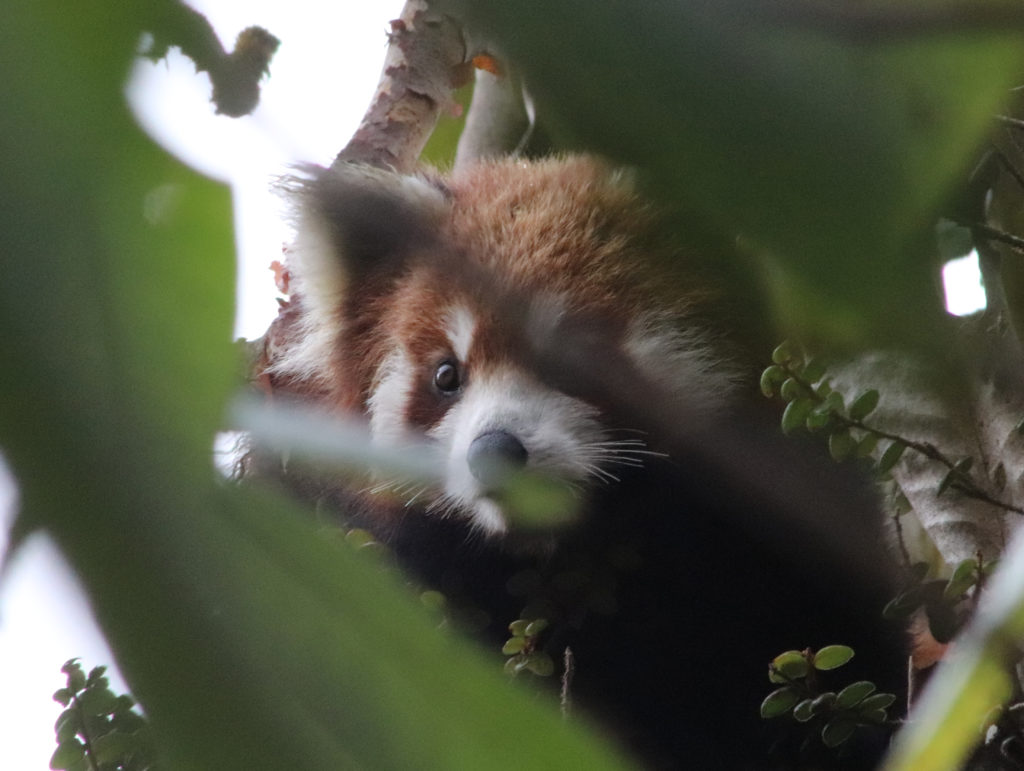 Wild red panda in Taplejung, Nepal. Photographed during RPN ecotrip.
Wild red panda in Taplejung, Nepal. Photographed during RPN ecotrip.
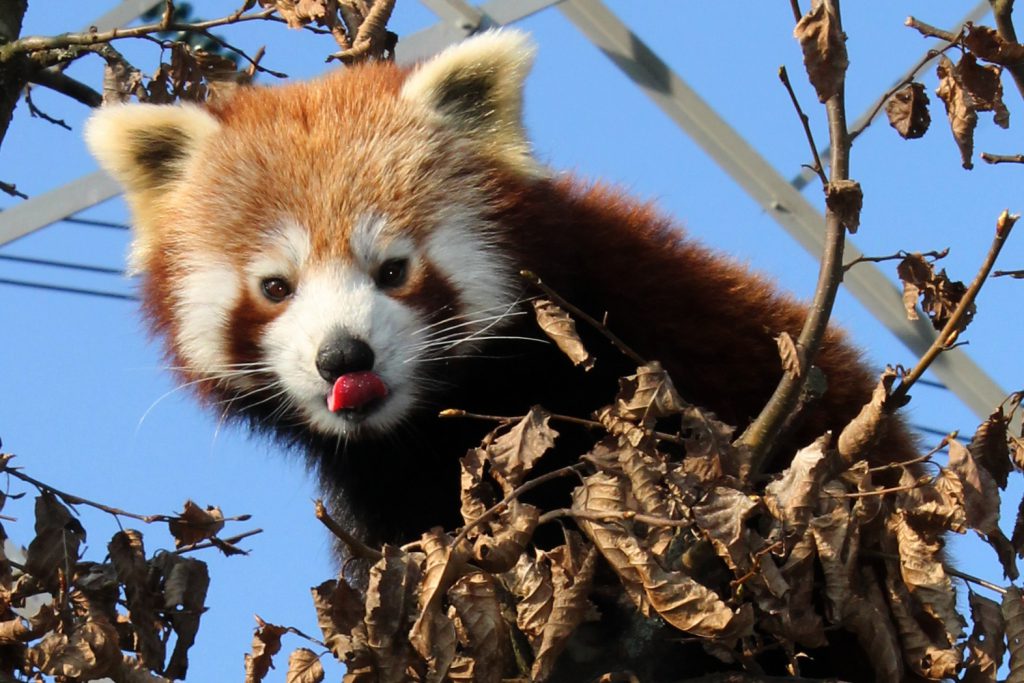 Red panda at ZooParc Overloon.
Red panda at ZooParc Overloon.
For the foreseeable future, Stichting plans to continue to support RPN, Hekhuis said. “We think they do a great job in helping red pandas in the wild, and unfortunately the red pandas still need a lot of support.”
Red pandas aren’t alone.
One of the foundation’s main challenges is deciding which projects to back. “There are so many animal species that need urgent help in the wild, and unfortunately we can't support all of them,” Hekhuis said. “Another challenge is getting the visitors of our zoos engaged and enthusiastic about conservation. We find that people are very interested in animals and nature, but as soon as you start talking about conservation issues they tend to walk away. Fortunately our volunteers are very good at getting our message across.”
Approximately 120 volunteers, aged 17 to 75, form the backbone of Stichting Wildlife, Hekhuis said. “They all feel very much part of our foundation and the work we do, and they are also very proud to work in the zoo that they volunteer in.”
Another key strength of the foundation is its relationship with the zoos in which it works, Hekhuis said. While Stichting Wildlife is independent of the zoos and the company that owns them, it maintains cordial ties with all. “We are very fortunate that the relationship with not only management but also the employees, such as the keepers of the zoos, is very good,” Hekhuis said. “We work very closely together and are able to reach out to a lot of visitors.”
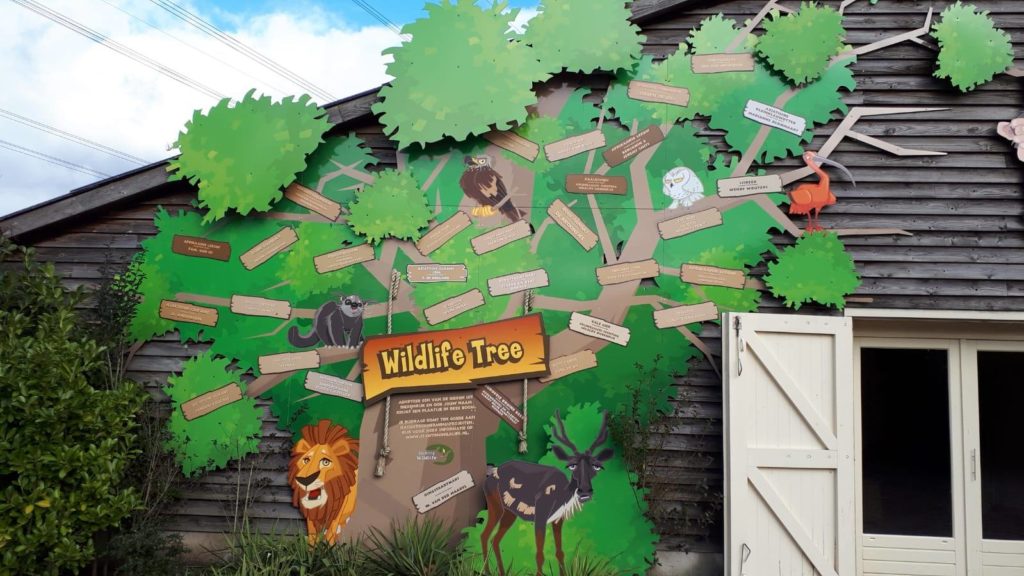 "Wildlife Tree" of animal adoptions supporting the foundation.
"Wildlife Tree" of animal adoptions supporting the foundation.
In the next few years, Stichting Wildlife’s main focus will be increasing the visibility of the foundation and the projects it supports within the four partnership zoos, Hekhuis said. “At the moment our volunteers do a great job of telling the visitors about our work, but we would like the public to be more aware of the role that zoos and foundations such as ours can play in supporting wildlife.”
Dawn Peterson
Writing and Communications Volunteer
Red Panda Network
